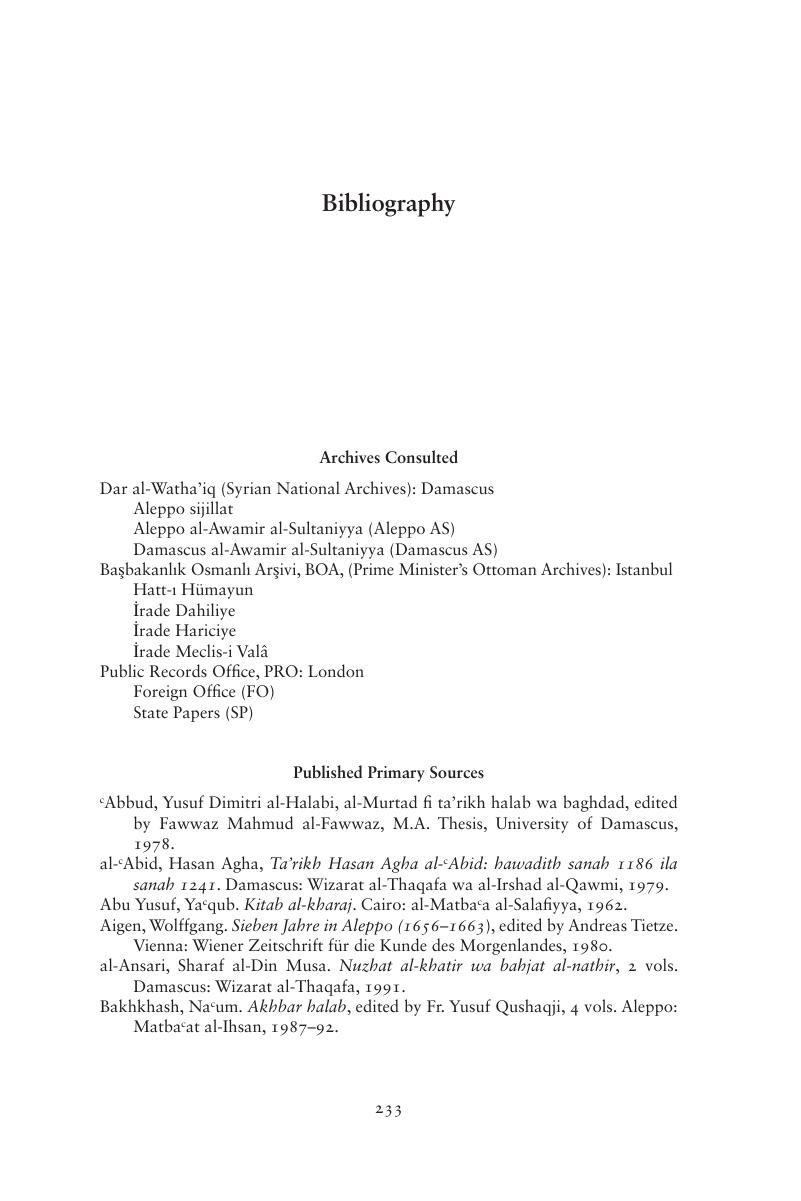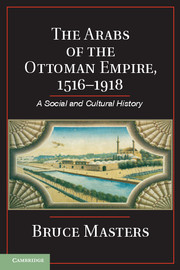Book contents
- Frontmatter
- Contents
- Acknowledgments
- Abbreviations
- Note on Transliteration
- Introduction
- 1 The Establishment and Survival of Ottoman Rule in the Arab Lands, 1516–1798
- 2 Institutions of Ottoman Rule
- 3 Economy and Society in the Early Modern Era
- 4 A World of Scholars and Saints
- 5 The Empire at War
- 6 The Tanzimat and the Time of Re-Ottomanization
- 7 The End of the Relationship
- Conclusion For the Faith and State
- Bibliography
- Index
- References
Bibliography
Published online by Cambridge University Press: 05 April 2013
- Frontmatter
- Contents
- Acknowledgments
- Abbreviations
- Note on Transliteration
- Introduction
- 1 The Establishment and Survival of Ottoman Rule in the Arab Lands, 1516–1798
- 2 Institutions of Ottoman Rule
- 3 Economy and Society in the Early Modern Era
- 4 A World of Scholars and Saints
- 5 The Empire at War
- 6 The Tanzimat and the Time of Re-Ottomanization
- 7 The End of the Relationship
- Conclusion For the Faith and State
- Bibliography
- Index
- References
Summary

- Type
- Chapter
- Information
- The Arabs of the Ottoman Empire, 1516–1918A Social and Cultural History, pp. 233 - 250Publisher: Cambridge University PressPrint publication year: 2013



